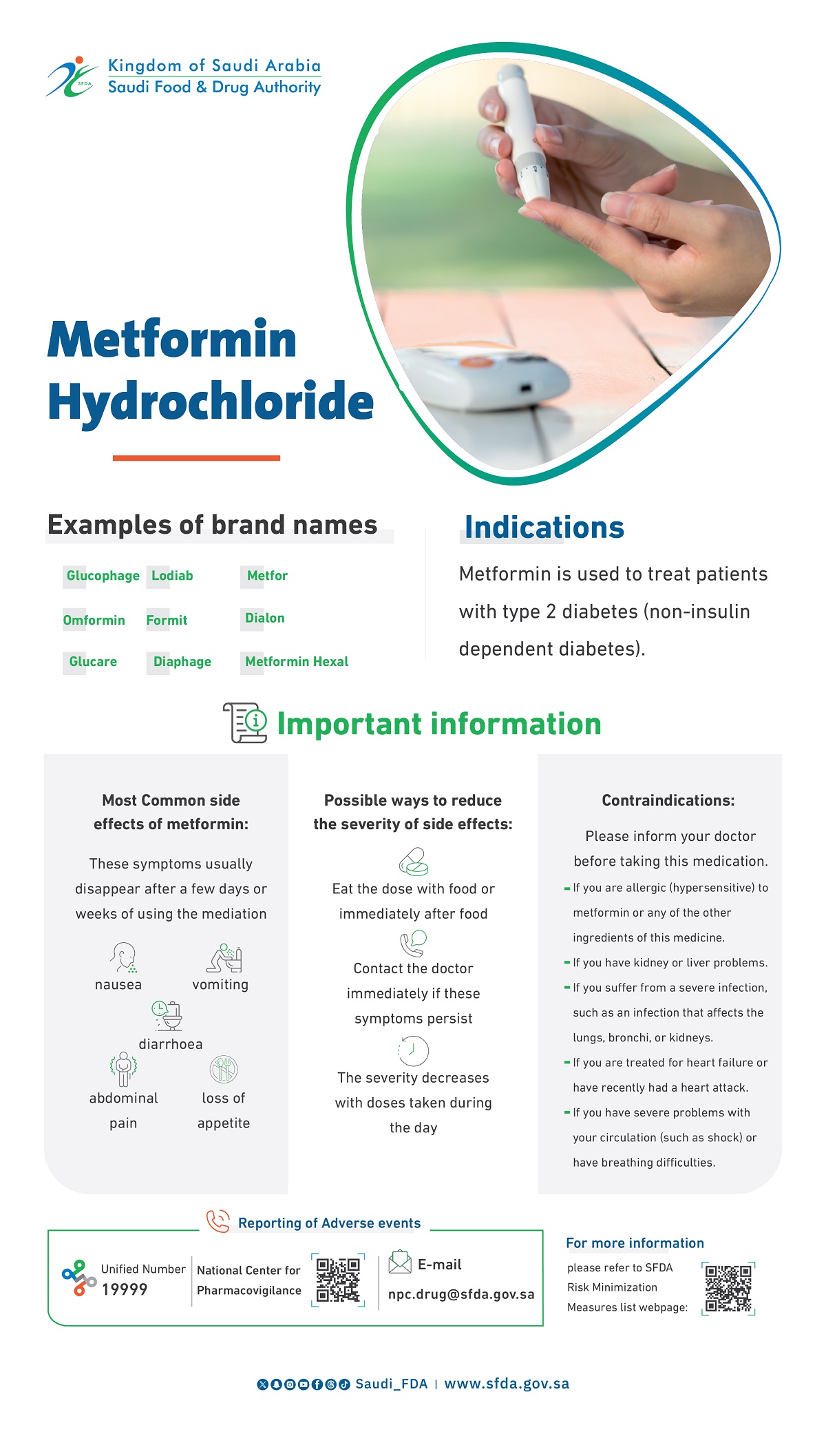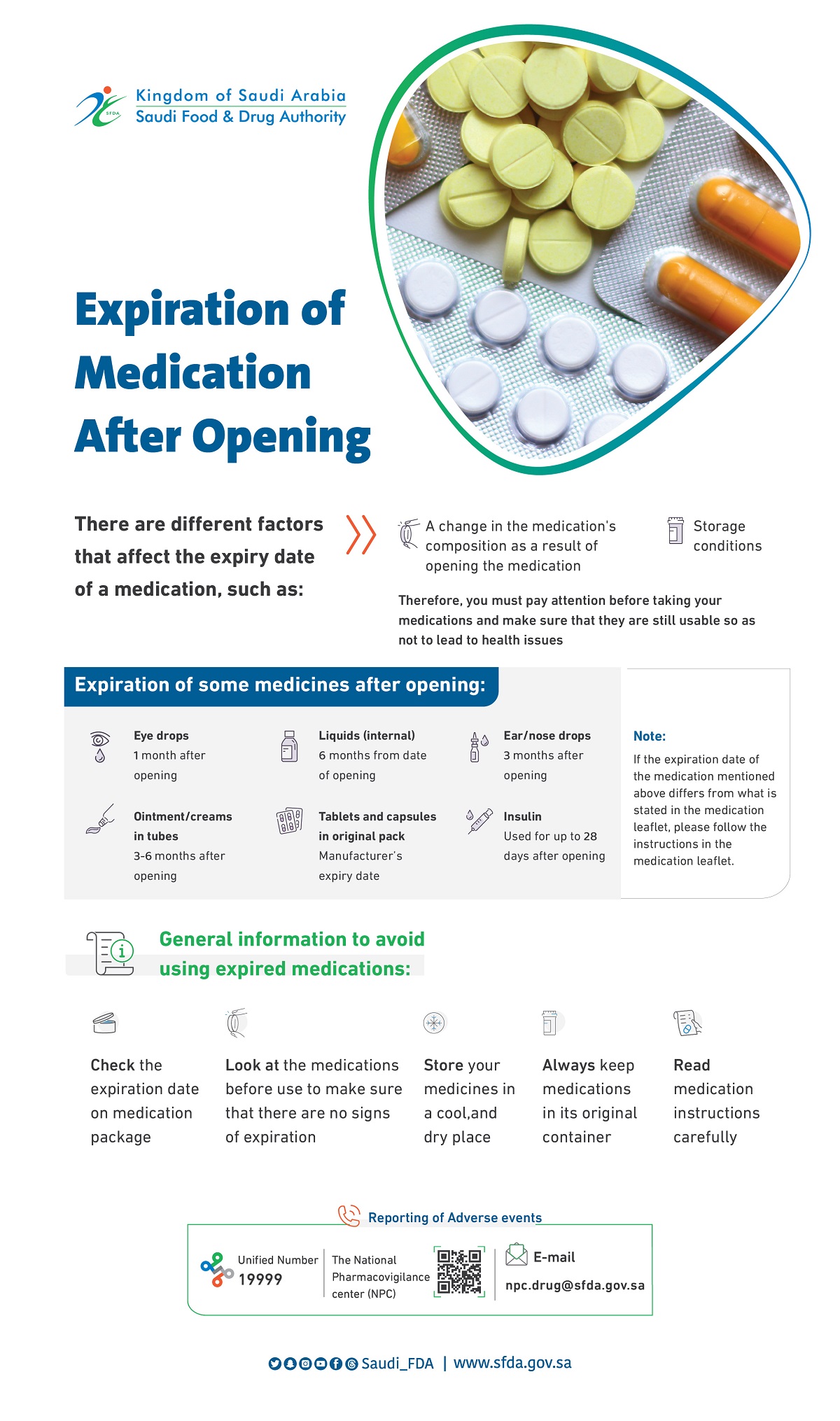
Risk of rhabdomyolysis when simvastatin is used concurrently with amiodarone
Risk of rhabdomyolysis when simvastatin is used concurrently with amiodarone
Risk of rhabdomyolysis when simvastatin is used concurrently with amiodarone
2008-08-13
Riyadh, Aug 10,2008- The U.S. Food and Drug Administration (FDA), the American counterpart to the Saudi Food and Drug Authority (SFDA),is notifying the public of the risk of a rare condition of muscle injury called rhabdomyolysis, which can lead to kidney failure or death, when simvastatin is used with amiodarone. This risk is dose-related and increases when a dose of simvastatin greater than 20 mg per day is given with amiodarone. A revision of the simvastatin labeling in 2002 described an increased risk of rhabdomyolysis when amiodarone is taken with simvastatin doses greater than 20 mg daily. However, the FDA continues to receive reports of rhabdomyolysis in patients treated concurrently with amiodarone and simvastatin, particularly with simvastatin doses greater than 20 mg daily. Prescribers should be aware of the increased risk of rhabdomyolysis when simvastatin is prescribed with amiodarone, and they should avoid doses of simvastatin greater than 20 mg per day in patients taking amiodarone.
Recommendations and Information for Healthcare Professionals to Consider When Prescribing Simvastatin to Patients Taking Amiodarone:
- Healthcare professionals, who prescribe simvastatin or simvastatin-containing medications (Simcor, Zocor, Vytorin), should be aware that patients taking amiodarone should not take more than 20 mg per day of simvastatin. Doses higher than 20 mg each day increase the risk of rhabdomyolysis, a rare condition of muscle injury.
- As with other statins, the risk of rhabdomyolysis is dose related. All patients, starting therapy with simvastatin or whose dose of simvastatin is being increased, should be advised of the risk of rhabdomyolysis and told to report promptly any unexplained muscle pain, tenderness or weakness.
- The risk of rhabdomyolysis is increased when higher doses of simvastatin are administered with amiodarone. The precise mechanism is unknown, but is related to the fact that amiodarone inhibits the cytochrome P450 3A4 (CYP3A4) enzyme. This is the same enzyme that metabolizes simvastatin. Prescribers should consider use of another statin for patients taking amiodarone, or initiating amiodarone therapy, who require simvastatin doses greater than 20 mg daily to meet their lipid goals.
- Rhabdomyolysis has been reported with all statins. Predisposing risk factors for rhabdomyolysis include advanced age (>65 years), uncontrolled hypothyroidism, and renal impairment.
Information for patients to consider when using Simvastatin with Amiodarone:
Amiodarone is used to control a heart rhythm problem and simvastatin is used to lower cholesterol.
Simvastatin interacts with amiodarone and can cause a rare muscle injury condition called rhabdomyolysis. This condition can lead to kidney failure and possibly death.
If you are taking amiodarone and a cholesterol-lowering drug product containing simvastatin, you should not take more than 20 mg of simvastatin each day because your risk of developing rhabdomyolysis increases.
If you are starting therapy with simvastatin, or your dose of simvastatin is being increased, contact your doctor immediately if you experience symptoms of unexplained muscle injury, such as muscle cramps, pain, tenderness, stiffness or spasm.
Tell your doctor about all the medications you are taking.
REPORT ADVERSE DRUG REACTIONS TO THE SFDA
The public and health professionals are encouraged to report adverse drug reactions to the National Pharmacovigilance center on the internet at:





